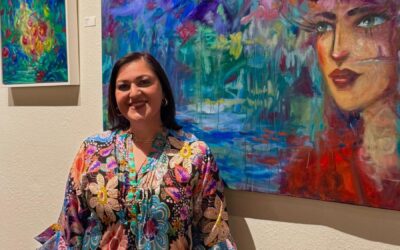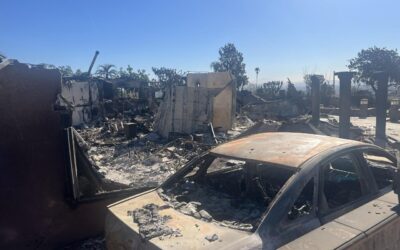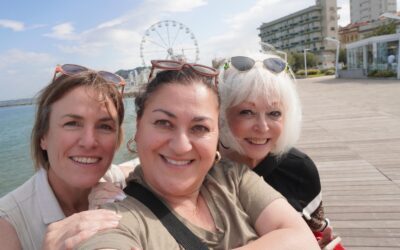As we mark Genocide Awareness Month this April, and especially as we reflect on the 110th Anniversary of the Armenian Genocide, I find myself deeply moved by an experience I had just a few weeks ago—one that reminded me of the power of art, storytelling, and human connection in the most unexpected ways.

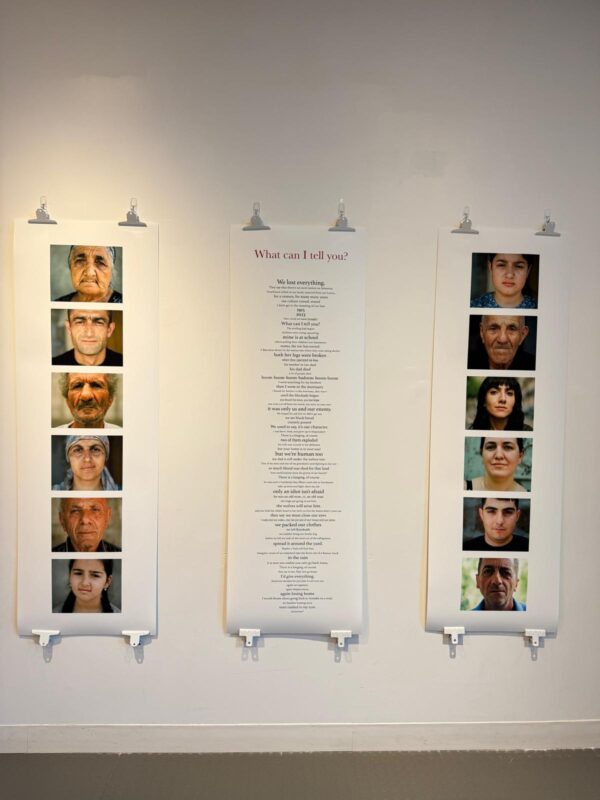
I had the honor of being invited to screen my short animated film, The Red Scarf, at the Museum of Tolerance in Los Angeles. The event was beautifully organized by the Genocide Education Project and the Museum itself, and it ran from March 3rd through March 5th. I was scheduled to present on the final day, and while I’ve had the opportunity to speak at many venues, this one left an imprint on my heart that I won’t soon forget.
.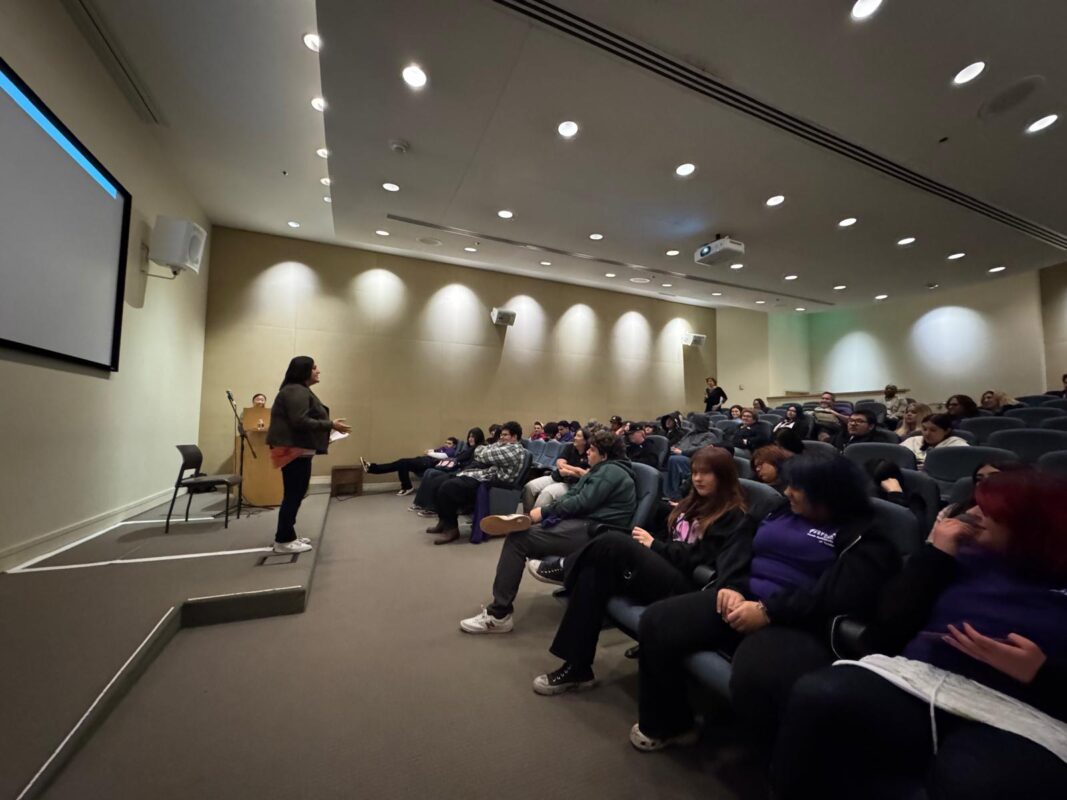
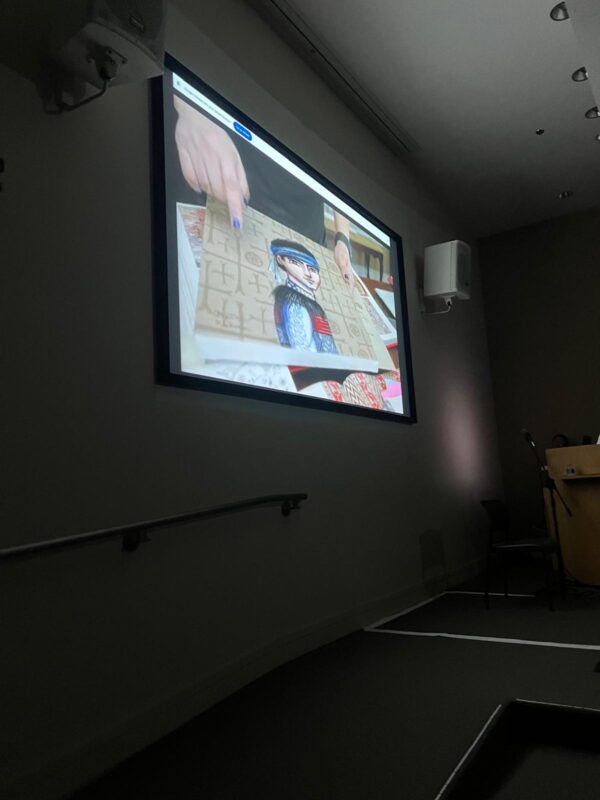
Most of the high school students who came to the screening that morning were overcoming traumatic pasts and challenges. I walked into the room with mixed feelings, unsure if my film—or my story—would resonate with them. It was an early morning session and they had sat through a three-hour bus ride for this special field trip. I noticed a few heads nodding-off during the film. That’s when I realized I needed to shift gears, connect on a deeper, more personal level.
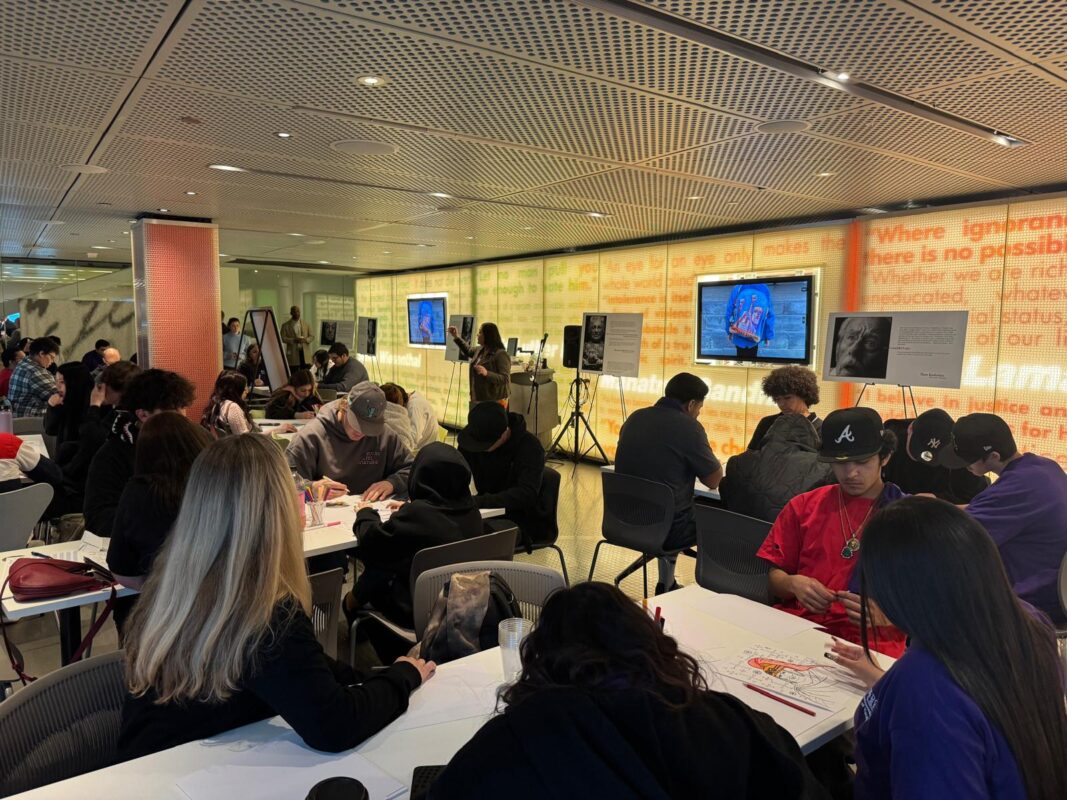
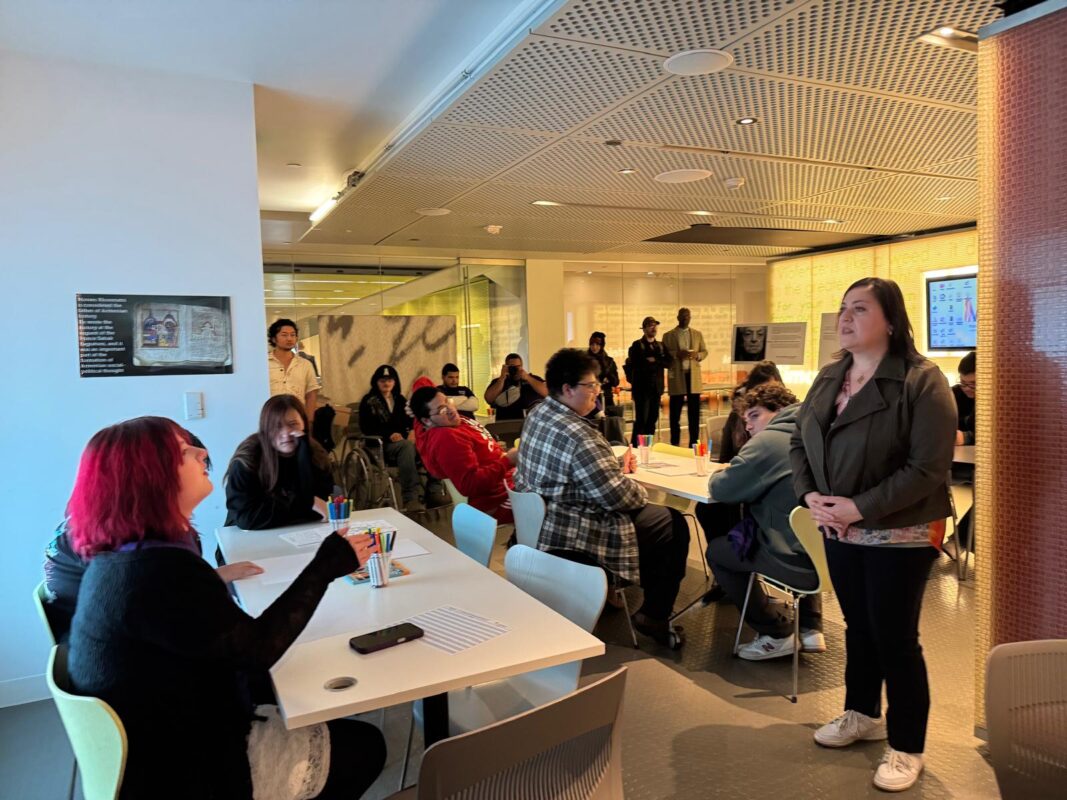
Erin Gruwell, the beloved teacher best known for being the founder of The Freedom Writers Foundation opened the workshop with an inspiring message. She demonstrated the profound impact educators can have on students when compassion and creativity lead the way.

During our post-screening discussion, I shared the history behind our film The Red Scarf: A Story of Armenian Hope. I asked if anyone knew what “Armenian” meant. Very few hands went up. But as we continued, one brave girl raised her hand and said, “This feels like a real parallel to what’s going on in Palestine right now.” The dots started to connect. The empathy started to grow. It was like watching humanity awaken in real time.
A drawing workshop session followed. I wanted the kids to engage creatively, to tap into something personal. I began by asking them to think about an object of cultural or emotional significance—something that reminded them of family, heritage, or home. But there was very little engagement. I could feel their walls were still up.
Then, a lightbulb moment.
I shared a personal story I often return to—a young family I know from Armenia who used to picnic near the We Are Our Mountains monument in Artsakh after school. It was a sacred tradition for them. After the forced displacement in 2024, their young son now brings his Artsakh-themed backpack (which I created) to family picnics in Yerevan. He says it makes him feel like they’re back in front of that same monument, reliving the moments they once cherished. That backpack became more than just an item—it became a symbol of memory, belonging, and hope.
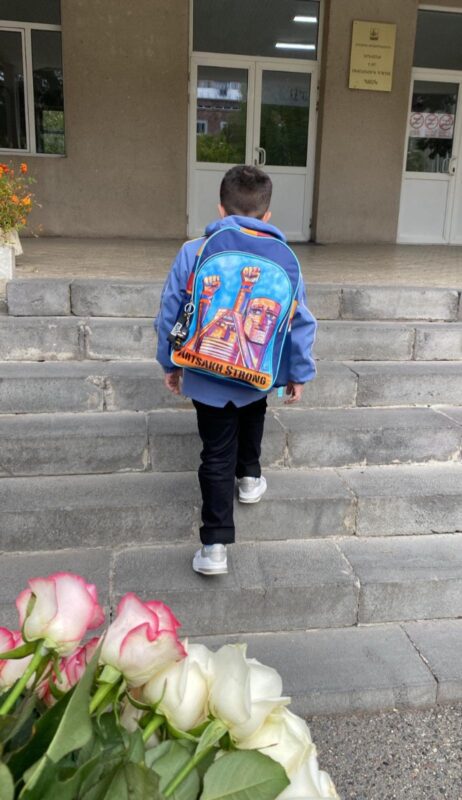
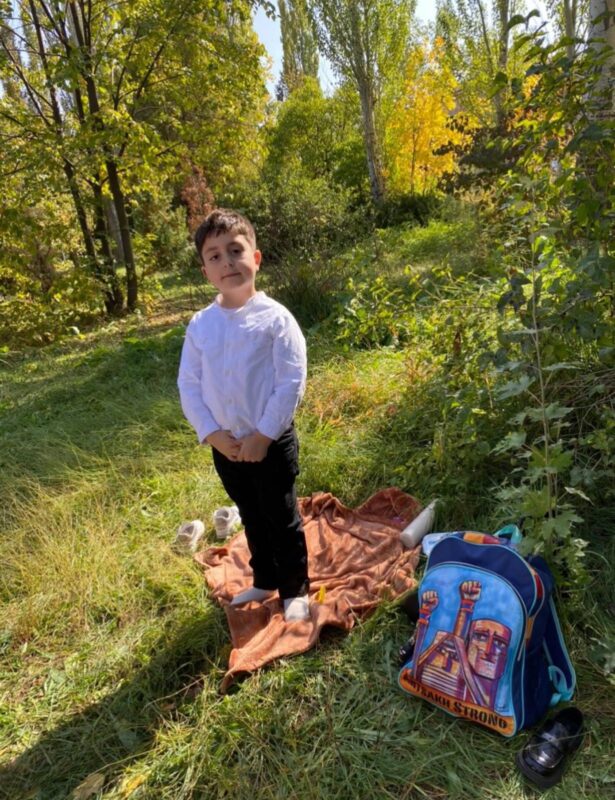
I remembered that all the students carried journals as part of The Freedom Writers program. So I asked them to draw their journals and tell me what emotion they associate with it. Suddenly, a wave of energy entered the room. One student said they felt angry when writing in it. Another called it their safe place. The conversations began to blossom. I asked them to turn their feelings into imagery—to make a portrait of their journal—and what followed was truly magical.
A room once filled with sleepy silence turned into a buzzing hub of creativity and vulnerability. The counselor later told me how rare it is to see this group engage this deeply, especially with someone new. I was overwhelmed and honored.
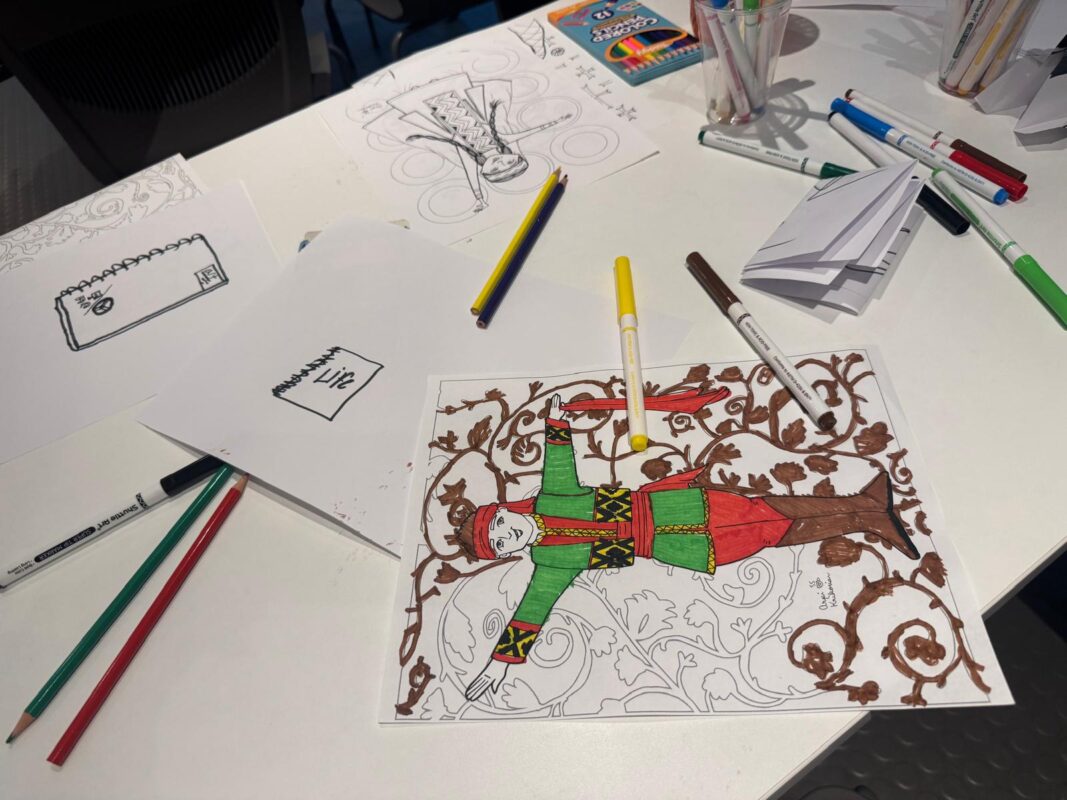
One young girl came up to me quietly and handed me a ring she had made herself. She said, “I made two rings today to give to the two people who I’m going to remember most. I want you to have one of them.” That simple act of generosity touched me to the core.

Another student asked me to teach him how to shade. I grabbed a paper napkin and showed him the basics—light source, form, value. When I was done, he looked at me and said, “You changed my life today. May I keep this napkin?”
No award or accolade could ever mean more to me than these moments.
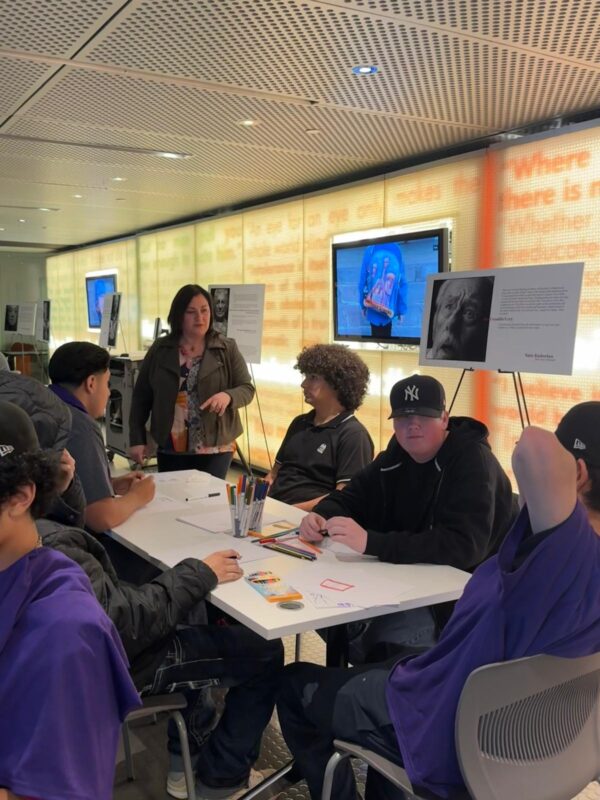
That day at the Museum of Tolerance was not just a film screening. It was a dialogue between past and present, between pain and healing, between art and soul.
As an artist, storyteller, and descendant of survivors of the Armenian Genocide, I carry the responsibility of remembering and reminding. And sometimes, the most profound reminders come from the least expected places—a child’s sketch, a handmade ring, or a moment of eye contact with someone who finally feels seen.


